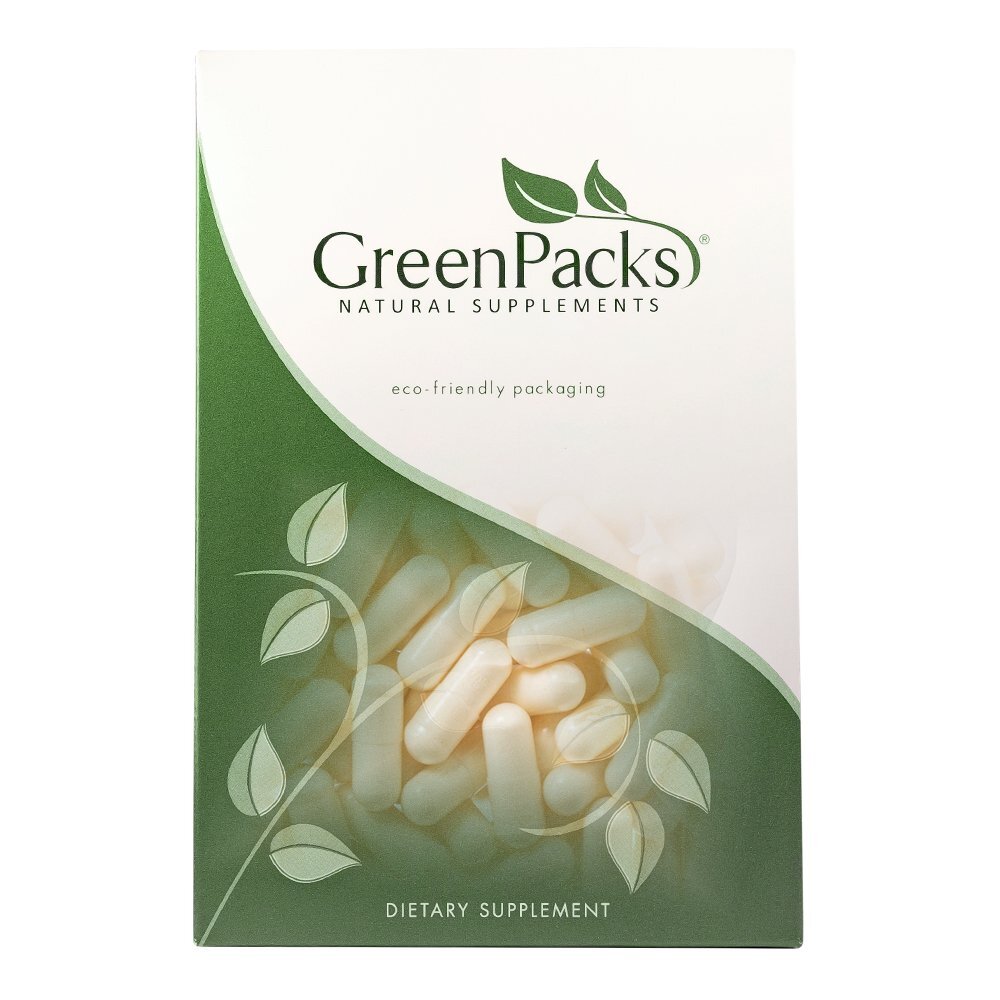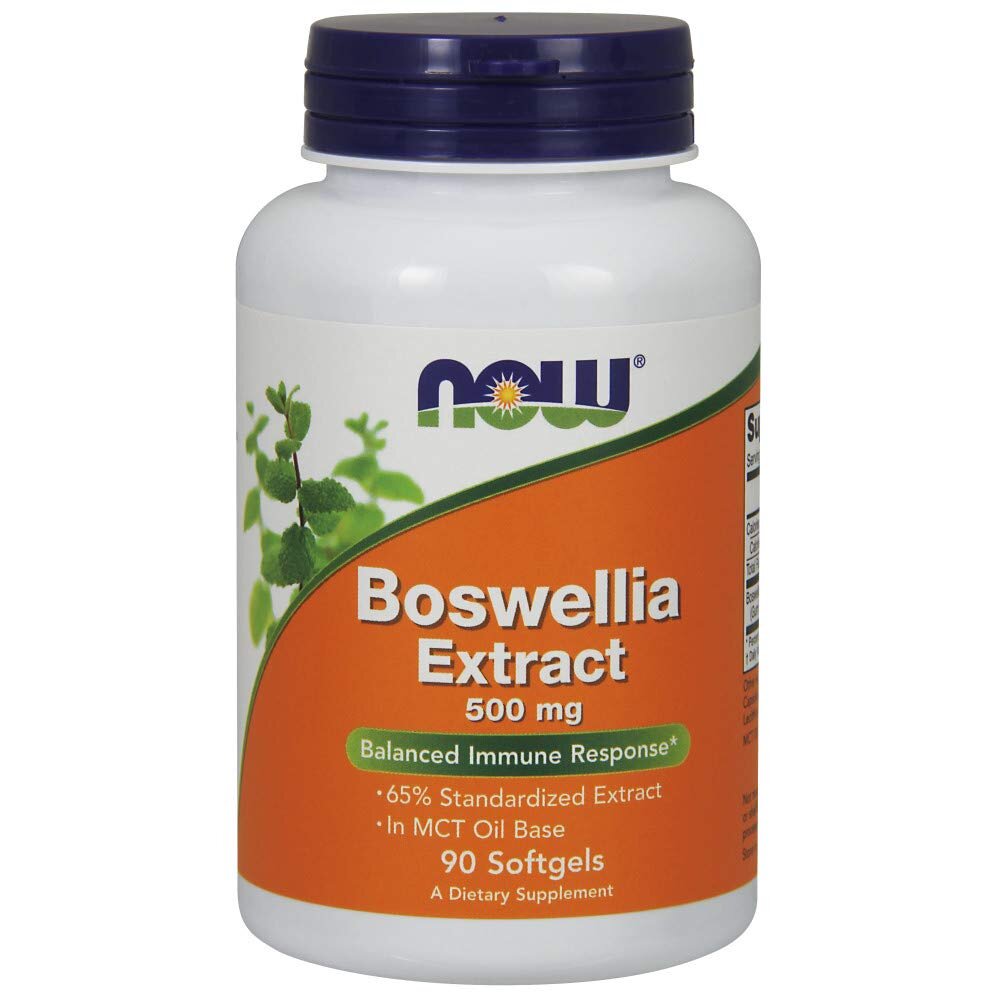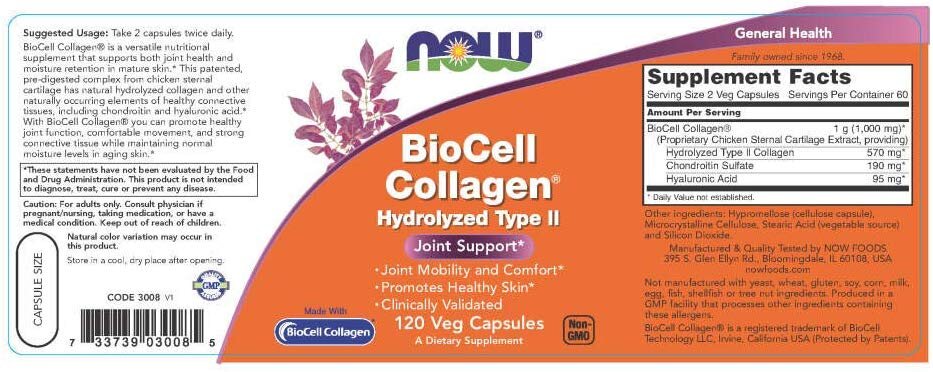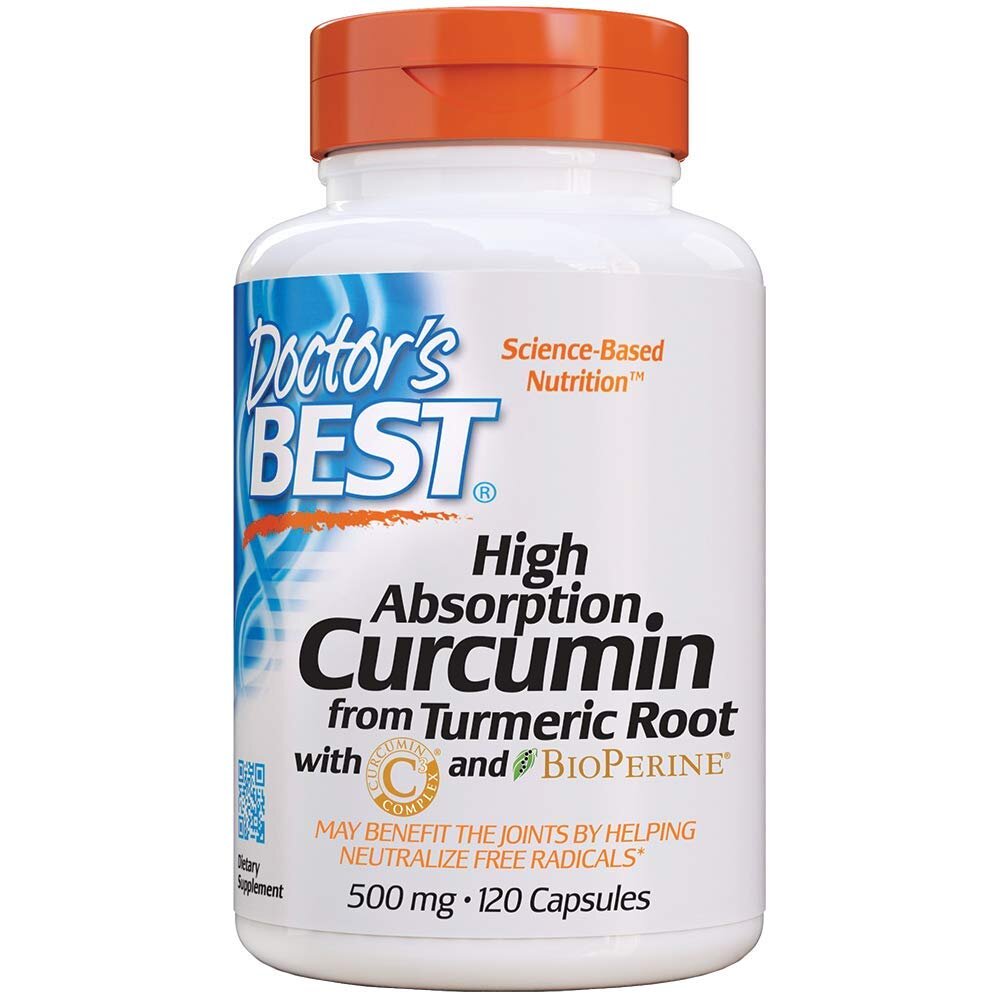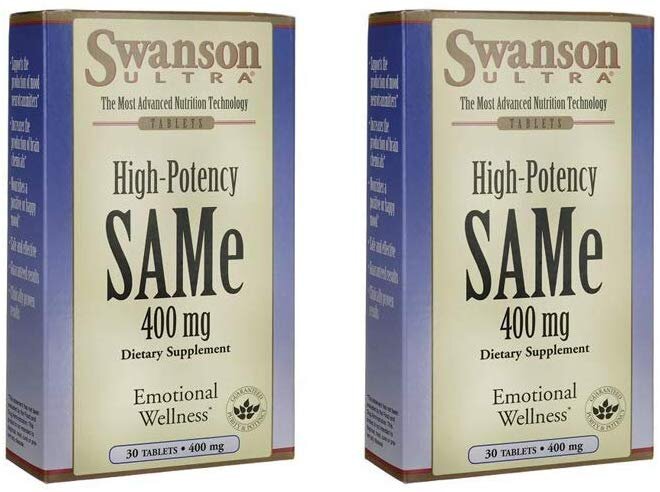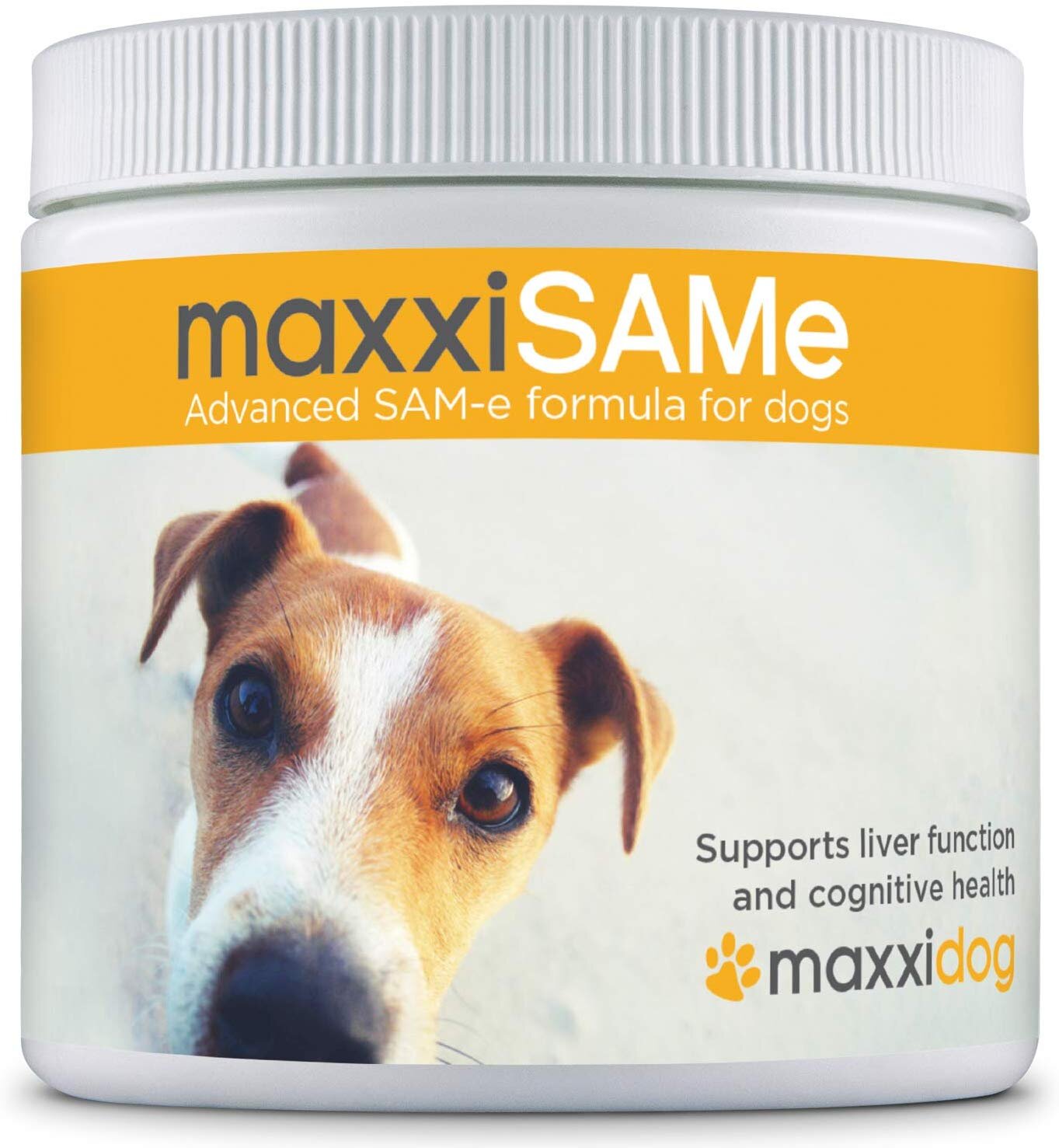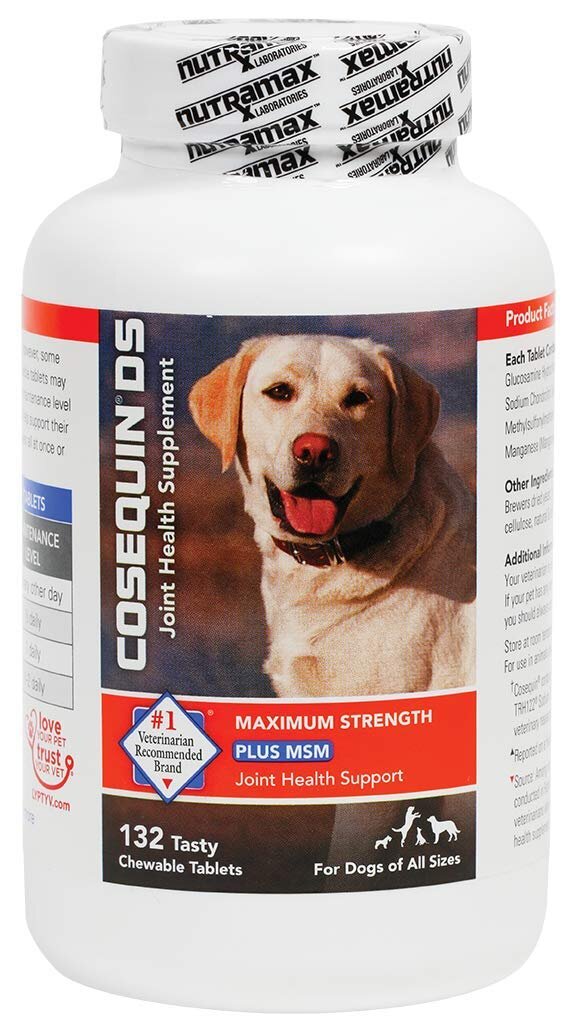Pain relief
Arthritis & pain Relief
Hip Dysplasia & Arthritis
Any-Itis (NEAT)
Boswellia
Type II Collagen & UC-II
Curcumin
Omega 3’s
SAMe
Wobenzym
1TDC
CBD
Essential Oils
Glucosamine
Additional Supplements
After using medication for years to control pain with my dogs, I have found with long term use they cause more problems than they help. I’ve seen mobility and stamina increased after stopping pain medications switching to supplements to manage pain and discomfort.
Consult with your veterinarian before giving any supplements to your dog
Side effects of the commonly used steroidal and non-steroidal anti-inflammatory NASID’s may cause vomiting, stomach ulceration, or liver damage. (e.g. Carprogen, Rimadyl, Metacam, Robenacoxib, Deramaxx, Previcox, Galliprant)
“Historically, non-steroidal anti-inflammatory drugs (NSAIDs), i.e. carprofen and meloxicam, and corticosteroids have been the conventional treatment methods for canine joint pain. [2] However, NSAIDs come with potential detrimental side effects such as gastrointestinal bleeding, kidney dysfunction, liver disease, and vomiting.4 Other treatment options range from a balanced diet with elevated protein and essential fatty acids to weight management and lifestyle changes to physical therapy and in some cases of severe predisposing abnormalities, surgery.” [10] https://www.nomnomnow.com/learn/food-types-treat-supplements/guide-to-dietary-supplements-for-joint-health
“The results showed no improvement when tramadol was given compared to either baseline or placebo. Carprofen was associated with significant improvement in results.” [11]
Pain — “If your dog is feeling discomfort or is dealing with a painful condition, heavy or frequent panting can be one of the first signs of trouble. If your dog is panting for no discernible reason or at odd times, for example, at night when she's normally resting, you should make an appointment with your veterinarian.” Dr. Becker - When Your Dog's Panting Might Mean Trouble
“Weight management — Keeping your four-legged family member at a lean, healthy weight is also absolutely crucial in preventing or alleviating arthritis symptoms. An overweight dog with arthritis can have noticeable improvement in symptoms after losing just a small amount of body weight.Exercise — Dogs need to move their bodies more, not less, as they age. Although the intensity, duration and type of exercise will change, daily activity is still crucial to prevent musculoskeletal weakness. Muscles maintain your dog's frame, so preserving muscle tone will also slow the amount of joint laxity (which causes arthritis) as well.Daily, consistent, lifelong exercise is the very best long-term strategy to delay the onset of arthritis symptoms. Without it, dogs exhibit more profound symptoms much earlier in life.” Dr. Becker - Dropping Just a Few Pounds Gives Lame Dogs a New Leash on Life
The Problem With NSAIDs For Dogs Dr Jodie Gruenstern DVM
Gabapentin: Why This Vet Will Never Prescribe It
Top 10 Human Medications That Can Poison Your Pet
Pain’s Effect on Behavior
What is
Dogosterone?
Dogosterone™ Therapy is a skilled treatment method that involves the injection of testosterone to increase your pet’s ability to get up and around. It was developed by Dr. David Bieber after his Chocolate Lab, Bruno, became paralyzed in his hind legs due to a lower back disc herniation. As a hormone, testosterone maintains both muscle mass and bone density, but dogs that have been neutered or spayed have absolutely none. Before treatment begins, a full evaluation of your pet is completed to determine if your pet is a candidate.
Is my dog a candidate for Dogosterone Therapy?
· Dog has been neutered or spayed.
· Dogs that benefit the most from Dogosterone, exhibit or suffer from:
· Having a hard time getting up from a lying position
· Muscle atrophy
· Hip dysplasia
· Knuckling
· Arthritis
· Intravertebral Disc Disease
Pain Relief & supplements
Trust but Verify
There are two good sources for determining brand and product quality.
The National Animal Supplement Council is a nonprofit industry group dedicated to protecting and enhancing the health of companion animals and horses throughout the U.S. Members must adhere to NASC’s quality standards, and by submitting to an independent audit to ensure compliance with the rigorous quality system requirements.
ConsumerLab.com, is the leading provider of independent test results and information to help consumers and healthcare professionals identify the best quality health and nutrition products. “CL has tested more than 5,600 products, representing over 850 different brands and nearly every type of popular supplement for adults, children, and pets.”
The products listed here are products I have used, or products I would use. Most of these were selected based on my research, Consumer Lab, NASC, or veterinary recommendation.
Top picks
Using all three of these top picks has proven the best pain management for my senior dog (15+). If i could only choose one it would be Any-Itis Neat given orally.
For daily relief of pain.
Any-Itis NEAT
At the top of my list is Any-Itis (NEAT). Having a 15-yr old senior dog with severe Hip Dysplasia & Arthritis this essential oil blend has made the most impact on keeping her functional.
Dogs: For most dogs Any-Itis NEAT will be used orally – added to meals twice a day. This is a strong oil and has a strong taste much like eating Altoids but not as good tasting or enjoyable. Due to the strong taste I stopped adding it to my dog’s food, and instead began rubbing two drops on her gums three times a day. Immediately afterwards I give her a small bowl of broth and chicken fat to cleanse her palate. If eating canned food the oil can be hidden in a small ball of food.
Why is it called Any-Itis NEAT?
NEAT refers to the fact that this blend is created from non-diluted essential oils. So, there is no carrier oil (Fractionated Coconut Oil) within this blend. With this fact in mind, this is a stronger essential oil blend, more appropriate for use with dogs, horses, and most “larger” animals.
“It is often used for larger dogs, horses, and large animals. The ingredients in Any-Itis, including Copaiba Essential Oil, have been a part of many protocols at the Crow River Animal Hospital veterinary practice to help support achy joints and muscles and to enhance the body’s natural healing process. Combining Copaiba with the amazing oils of Helichrysum and Peppermint”
Notes from Dr. Shelton
It is always important to work with your veterinarian for an accurate diagnosis, and for full health advice. In Dr. Shelton’s veterinary work, she routinely uses Any-Itis for animals who would benefit from support for joint function and movement, are sore due to hunting, competition, or athletic exertion, and so much more!* Any-Itis (NEAT, RTU, & LITE) has been safely used alongside all veterinary medications and protocols – and can be used long-term when needed.
Dr. Melissa Shelton is an internationally recognized holistic veterinarian and certified aromatherapist, who specializes in using medical grade essential oils for complete and natural care of all animals. By using essential oils along with nutrition, whole food supplements, and other holistic modalities – Dr. Shelton has helped many animals for which traditional medicine has no answer.
She is an accomplished author of several books, including The Animal Desk Reference. Teaching is a passion for Dr. Shelton, and she has visited locations in Canada, Japan, Australia, U.S.A., and Europe sharing her knowledge.
Melissa Shelton DVM, CAFounder of animalEO
https://animaleo.info/shop/any-itis-neat/
Boswellia
Osteoarthritis and degenerative conditions
“significant reduction of severity and resolution of typical clinical signs in individual animals, such as intermittent lameness, local pain and stiff gait, were reported after 6 weeks.” **
“administered with the regular food at a dose of 400mg/10 kg body weight once daily for 6 weeks.” **
The natural resin extract of Boswellia serrata contains anti-rheumatic and anti-inflammatory compound, AKBA. Boswellia resin is less potent than Boswellia extract. Taken with fatty foods may enhance absorption.
The resin extract with food at a dose of 400 mg/10 kg body weight once daily for 6 weeks. After two weeks of treatment, improvement was evident in 71% of 24 dogs. A statistically significant reduction of severity and resolution of typical clinical signs in individual animals, such as intermittent lameness, local pain and stiff gait, were reported after 6 weeks. Effects of external factors that aggravate lameness, such as "lameness when moving" and "lameness after a long rest" diminished gradually.
“Dogs with bleeding disorders should not take systemic oral enzymes because they reduce clotting and thin the blood.” Enzyme Therapy for Quicker Canine Injury Recovery - Whole Dog Journal
Dietary support with Boswellia resin in canine inflammatory joint and spinal disease
** https://sat.gstsvs.ch/fileadmin/media/pdf/archive/2004/02/SAT146020071.pdf
Clinical efficacy of Curcuvet and Boswellic acid combined with conventional nutraceutical product: An aid to canine osteoarthritis
Type II Collagen & UC-II
Arthritis & Osteoarthritis
“showed significant reduction of pain by day 60, with a maximum reduction observed on day 150”
Collagen supplements for joint health are typically type II collagen which can be found in differing types. Type II collagen can be a hydrolyzed type (hydrolysate, broken down) and UC-II which is a patented form of undenatured collagen (raw form). The type II collagen used in the three studies listed below was UC-II (from chicken cartilage) Dosing for dogs in these studies ranged from 10mg to 40mg per day of the UC-II. Just Food For Dogs which is a trusted brand uses a hydrolyzed type II collagen in their product. Dosing with hydrolyzed type II collagen is higher than with UC-II and can vary from 400mg to 1600mg depending on dog size. After reviewing products I’ve chosen Healthy Origins UC-ll which was Consumerlabs top pick for collagen.
Evaluation of the Effects of Undenatured Type II Collagen (UC-II) as Compared to Robenacoxib on the Mobility Impairment Induced by Osteoarthritis in Dogs (Flexadin®Advanced)
“Undenatured type 2 collagen, after 30 days of administration, improves the mobility of dogs affected by OA on a magnitude similar to robenacoxib.”
Curcumin
Osteoarthritis & Soft tissue; (muscle, tendon, ligament)
Dogs treated with curcumin at a dose of 4 mg per kilogram twice a day showed that curcumin essentially mimicked the anti-inflammatory and immune response activity of the nonsteroidal anti-inflammatory drug used in the study. (e.g. 50lb dog / 4kg = 91mg twice daily)
Effects of Curcumin on Osteoarthritis in Dogs
Dogs are commonly given a nonsteroidal anti-inflammatory drug (NSAID) to reduce the pain and inflammation of arthritis. Dogs treated with curcumin at a dose of 4 mg per kilogram twice a day showed that curcumin essentially mimicked the anti-inflammatory and immune response activity of the nonsteroidal anti-inflammatory drug used in the study. (Previcox®)
Studies “suggest that any time one of our dogs is diagnosed with a soft tissue injury such as a sprain or strain, or with arthritis, we should consider curcumin as an adjunctive therapy.” The ‘Cure’ in Curcumin: This Spice May Be The Solution to Your Dog’s Lameness by Chris Zink
• It is poorly absorbed across the GI tract and it is rapidly cleared from the blood. To overcome these hurdles, we advise giving your dog a high quality curcumin supplement in conjunction with a fatty food such as olive oil or fish oil, which can increase its absorption.” https://www.hemopet.org/curcumin-turmeric-health-dog/
The ‘Cure’ in Curcumin: This Spice May Be The Solution to Your Dog’s Lameness
Curcumin: Why it is the spiciest topic these days
Is Curcumin Good for Dogs? Let’s Take a Look! October 3, 2020by Diana Laverdure-Dunetz, MS
Cautions
“• May cause an upset stomach, flatulence and yellowing of the stool, so use caution if your dog suffers from a gastrointestinal disorder or nausea due to chemotherapy.
• Curcumin may also increase the risk of bleeding when given in combination with some medications such as NSAIDs, blood thinners and antiplatelet drugs or when given with certain foods such as botanicals, Gingko biloba, garlic and saw palmetto.
• If your dog is on chemotherapy, curcumin can decrease the effectiveness of certain chemotherapy drugs
“Omega-3 fatty acids “Omega-3 fatty acids can help alleviate joint pain by decreasing inflammation,” Dr. Linder explains. The evidence for their efficacy is stronger than for other ingredients, she adds. But it should be omega-3s from fish oil — which come in the form of compounds known as EPA and DHA — rather than from plant foods like flaxseed oil, whose omega-3s are known as ALA (alpha-linolenic acid). It’s not that the omega-3s in plant foods are incapable of helping. But it’s EPA and DHA that have been shown to have pain-relieving effects, and dogs’ bodies are inefficient at converting the omega-3s in flaxseed oil to the type found in fish oil.”
Phospholipid 90-95% absorption
Triglyceride 80-90% absorption
Ethyl Esters 60-70% absorption
“How much is right? It’s a formula: anywhere from 310 milligrams to 370 milligrams of EPA and DHA combined, per kilogram of body weight, to the 0.75th power.” Improving Dogs’ Arthritis Pain With Diet
“For osteoarthritic senior dogs, EPA, another fatty acid found in fish oil, will help to reduce inflammation in the joints. The minimal starting dose I’d recommend is 30 mg/kg, or a diet containing 750 mg EPA per 1,000 calories.” https://drjustinshmalberg.com/blog/2018/4/17/senior-dog-nutritional-requirements
DHA - “There’s emerging evidence that it may help to preserve cognitive function, like learning and memory, in older pets.” “The dose I often use is about 20 mg/kg per day or 45 mg per pound. (The equivalent amount when present in the food is about 500 mg DHA per 1,000 calories.)” https://drjustinshmalberg.com/blog/2018/4/17/senior-dog-nutritional-requirements
How much Omega 3 fatty acids should I give my dog?
SAMe
Osteoarthritis & Joint Pain
”SAMe is widely prescribed for the same purposes in animals as it is in people. That is, SAMe is used for the treatment of canine cognitive disorders, suspected depression, osteoarthritis, and hepatitis.”… “It is probably most commonly used in dogs, given their susceptibility to liver and musculoskeletal disorders.” https://vcahospitals.com/know-your-pet/same
”SAMe is of great interest in the treatment of osteoarthritis, because it not only reduces inflammation and pain but also helps regenerate joint tissue.”
“SAM-e is best absorbed on an empty stomach; however, you can hide it in a small treat if you cannot get your dog to swallow it.”
https://vcahospitals.com/know-your-pet/same
Consumer Lab recommends enteric coated products packaged in a blister pack to protect from heat and moisture. The three products below are enteric coated and the Swanson (human product) is sold in a blister pack. None of the four products listed in the PetMD article (linked above) are listed with the NASC so the quality of the products are unknown. (maxxiSAMe)
Wobenzym: A Digestive Enzyme Supplement for Dogs
See article for more information.
“Two types of Wobenzym are available in the U.S. Both have the same contents, but their coatings differ. Plain Wobenzym is light beige in color, while the product sold as Fido-Wobenzym has a red coating and a less pronounced odor.” “Some Web sites state that it’s a special formulation developed just for canines, or that the recommended doses of the two versions are different. Neither statement is true.” … Fido-Wobenzym is the same product that’s sold for human use in Europe. Its red coating contains a small amount of sugar and food dyes, and because American consumers wanted a sugar-free product that doesn’t contain coloring agents, the manufacturer created a plain no-sugar coating for the U.S. market.” “Literally, the only difference between the red product and the beige product is the coating, and the only difference between the red product and Fido-Wobenzym is the label.” https://www.whole-dog-journal.com/health/wobenzym-a-digestive-enzyme-supplement-for-dogs/
1TDC
Essential Oils
Essential oils instead NSAID's?
In Dr. Shelton's veterinary work, she routinely uses Any-Itis for animals who would benefit from improved joint function and movement, are sore due to hunting, competition, or athletic exertion, and so much more!* Any-Itis (NEAT, RTU, & LITE) has been safely used alongside veterinary medications and protocols - and can be used long-term when needed.
“Dogs: For most dogs Any-Itis NEAT will be used orally - added to meals twice a day. For topical use, we recommend Any-Itis RTU or New Mobility RTU. Any-Itis NEAT is far too strong for topical applications. In general, when topical applications are desired - New Mobility RTU should be selected.”
“For smaller dogs (under 35 pounds), the use of Any-Itis RTU or LITE (see below) is often preferred for ingestion. When adding Any-Itis NEAT to foods, keep in mind that some dogs may not be fond of the taste. For every 50 pounds of body weight, 1-3 drops of Any-Itis NEAT can be added to foods (we recommend softened and wet foods) and fed twice a day. Start with small amounts, and gradually build up to the desired amount. Long term use can be utilized when needed. This is a wonderful blend for dogs with joint and back discomfort or other chronic musculoskeletal issues. The ideal route is ingestion - and you may find that diluting the Any-Itis NEAT within Fish Oils, Raw Coconut Oil, Fractionated Coconut Oil, or other fatty oils or food mixtures that you add into your dogs' diet - will help dissipate any intense peppermint taste resulting from a single drop landing in your dogs' food."
“Cats: We recommend the use of KittyBoost for felines. All of the oils within Any-Itis are within KittyBoost in the proper concentrations for cats. When they groom - they will get their ideal dosing. If they are too sore or sick to groom - topical applications as well as inhalation will still be effective for them!”
Alternatives to NSAID's (Non-Steroidal Anti-Inflammatory Drugs
Glucosamine
The suggested amount of glucosamine per lb of body weight varies widely.
“There is currently a lack of evidence to confirm a specific therapeutic dose of glucosamine in canines, yet, an adjunctive chondroitin dose of 15-30mg/kg has been suggested (Plumb, 2015). Few in vitro studies have provided bioavailability and pharmacokinetic data differentiating the most optimally absorbed glucosamine formulation in canines.” https://www.ncbi.nlm.nih.gov/pmc/articles/PMC5356289/
At Dr. Chris Bessent’s (D.V.M) website https://www.herbsmithinc.com/joint-health/
The recommended daily dosage of oral glucosamine for dogs:
Less than 30 pounds = 500 – 1000 mg
From 30 to 50 pounds = 1000 – 1500 mg
From 50 to 80 pounds = 1500 – 2000 mg
Greater than 80 pounds = 2000 – 2500 mg
• Dogs having trouble with bleeding – Glucosamine may increase blood clotting times in dogs, so dogs with bleeding problems should not take glucosamine.
• Dogs diagnosed with diabetes or at risk for diabetes – Glucosamine is sugar-based and is not appropriate for diabetic animals.
Helping Dogs With Hip Dysplasia
Alternatives to NSAID's (Non-Steroidal Anti-Inflammatory Drugs
Nutritional interventions for osteoarthritis management
A look at nonpharmaceutical options to help your veterinary patients suffering from this debilitating disease.
Review of dietary supplements for the management of osteoarthritis in dogs in studies from 2004 to 2014
Natural Hip + Joint Support
Pain Control for Arthritic Pets
Are you getting what you paid for?
Definitely Not the Long-Term Death Sentence You May Think It Is
Supplements that can help keep dogs with arthritis
Robenacoxib in the treatment of pain in cats and dogs: safety, efficacy, and place in therapy
Carprofen for Dogs: Osteoarthritis and Pain Management
The surprising link between your dog's joints and anxiety
[2] Bland, S. D. Canine osteoarthritis and treatments: a review. 1 (2015). doi:10.4081/vsd.2015.5931
[10] Fritsch, D. et al. Dose-titration effects of fish oil in osteoarthritic dogs. J. Vet. Intern. Med. 24, 1020–1026 (2010).
[11] http://veterinarynews.dvm360.com/study-shows-tramadol-has-no-effect-osteoarthritis-pain-scores
Find information on any (almost) topic or for specific products.
start your search here: “Search”
e.g. ants, behavior problems, collars, dog food, fleas, harnesses, health, housetraining, marking, medical, separation anxiety, socialization, ticks, toys, vaccinations, whistles, yellow spots on lawn, etc.. (You get the idea)









